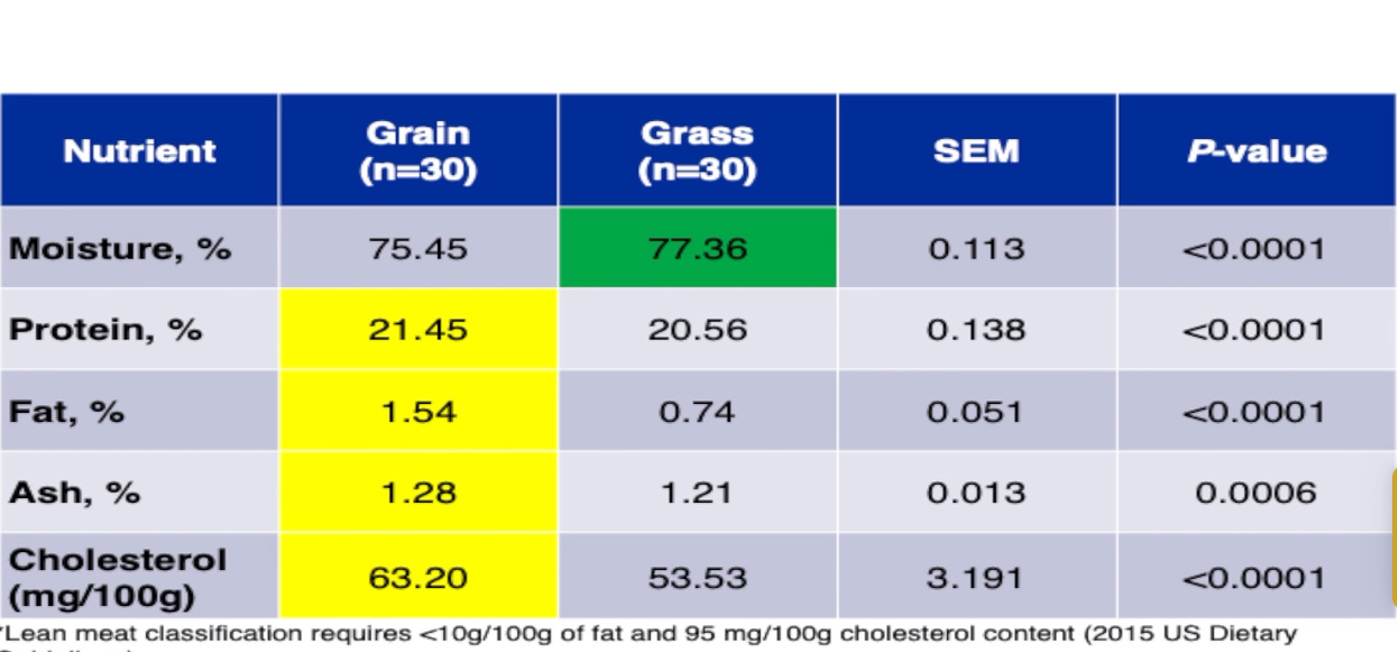Grass finishing bison at Harlow Ranch
“Finishing” animals is what makes them taste great, or not so great. Wild elk and deer (venison) are not finished and can be tough and gamey. If beef or bison are not finished, same thing.
We learned the hard way about the necessity of finishing meat. We raised a black angus beef steer from a calf. He was beautiful and fat and we were ready to fill the freezer. We picked a sunny day and field harvested to avoid any stress. We took it to the local processor to cut and wrap, and they even commented on how good the carcass looked. We got it back and it was tough and gamey. So tragic. We harvested him when the grass was green and growing. Too much protein in his diet affected the meat.
Later that year, our bison mentor, Ken Klemm, came to the ranch to help us with our graze plan and other things at the ranch. He taught us about finishing meat and suddenly the black angus steer disaster all made sense.
That is why we grain finish our bison. We can get consistently great flavor and texture year-round by feeding grain for a short time before the animal goes to processing.
Some of our customers have asked for grass finished bison, so we have been learning the intricacies of grass finishing. We are by no means masters yet, but we decided to harvest one 4/1/24 to see how you like it.
We now have a ‘grass finished meat’ shelf in the freezer at the store, and there are grass finished bison cuts on the website. There is also a grain / grass combo box so you can compare and see for yourself.
Grass finishing can be done between September and April. If this meat is well received, we can take another grass finished bison to butcher in September or October depending on how the grass and the animals grow.
Grass Finished (left) and Grain Finished (right) Bison Ribeye Steaks
We took one for the team and did a taste test on two bison ribeye steaks, one from the grass finished bison and one from the grain finished. These were both three-year-old heifers who had been on pasture their whole lives prior to the finishing period and were on the same hay this winter. Both steaks were pan seared with the same spices to about 147 degrees. The grass finished bison ribeye was delicious, flavorful, not gamey. it was not as tender as the grain finished steak. The fat cap on the edge was too hard to eat. The grain finished bison was super tasty, milder, and more tender than the grass finished meat. The fat was soft and had a nice mild flavor.
Usually, a choice is made for grass fed over grain fed for the health and ecological benefits. For me, the grain finish lets me get the health benefits of bison and still have an absolutely incredible steak. The ecological concerns are considerably less than an animal that has been in a feed lot its whole life. The animals are on pasture for about 2 ½ years and then they head to the all you can eat buffet to have their choice of grain, grass hay, and range cake for 6-8 weeks.
Studies show that grass finished bison is “healthier” than grain finished bison. But there is also evidence that shows grain fed bison is “healthier” than grass fed beef. A phytochemical analysis by Utah state university showed that grain fed bison has an omega 6:3 ratio of 4, which is right on par with grass finished beef. The ratio for grain fed beef is 8-10 and pasture raised chicken is typically 5-6. In terms of the omega 6:3 ratio, grain finished bison lets me eat an amazing steak and still get great health benefits.
Here are some charts from research done by South Dakota State University showing health benefits of grass finished bison, but they also indicate that grain finished bison is still “lean” and “healthy.”
Moisture, fat, protein, and ash, % of grain and grass finished bison.
Fatty Acid Ratio in grain and grass finished bison
Bison is a heart healthy meat




